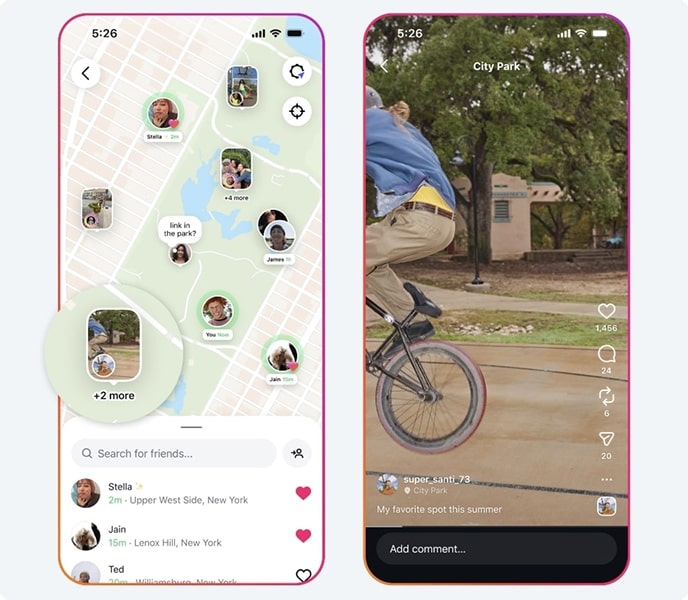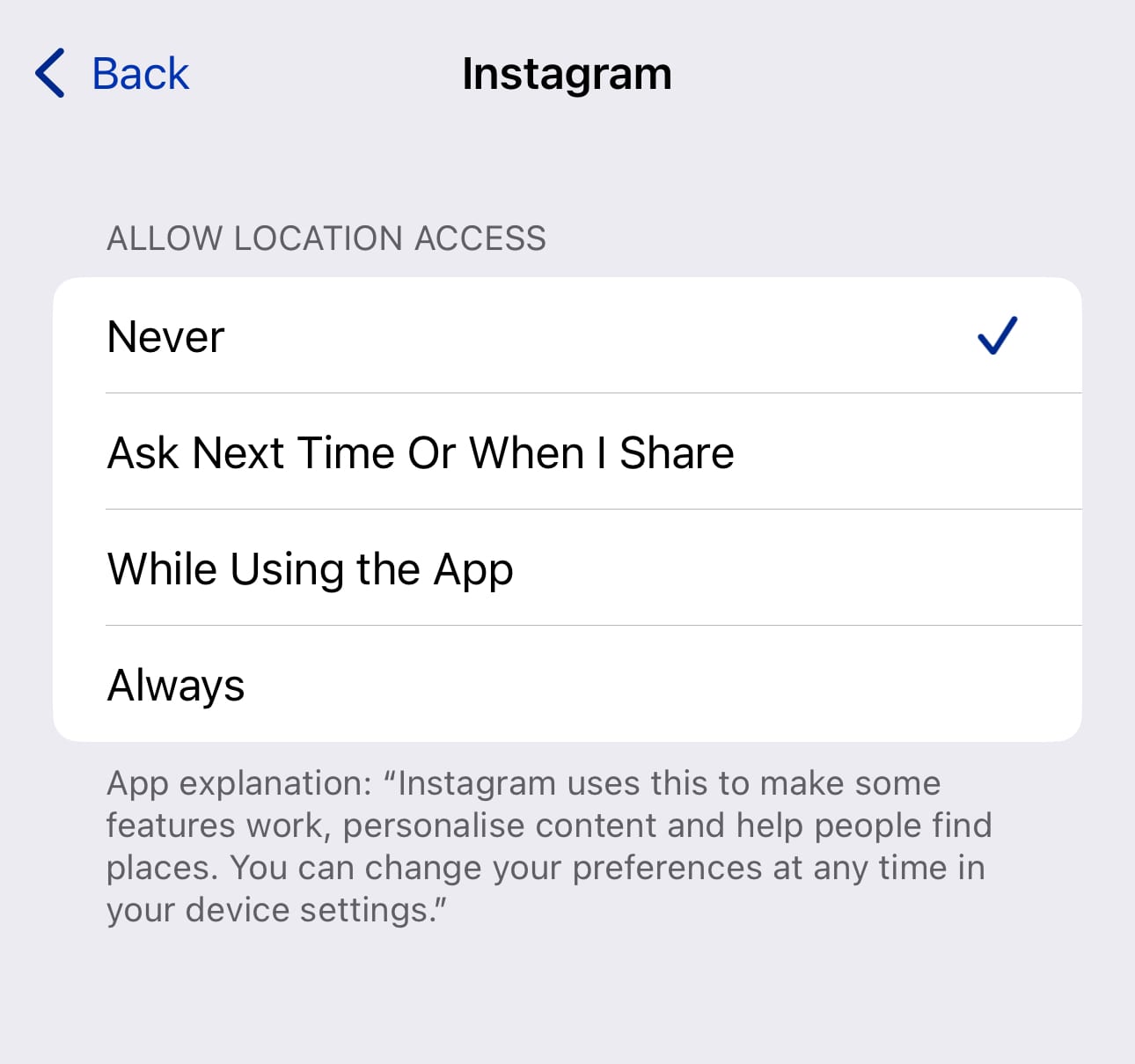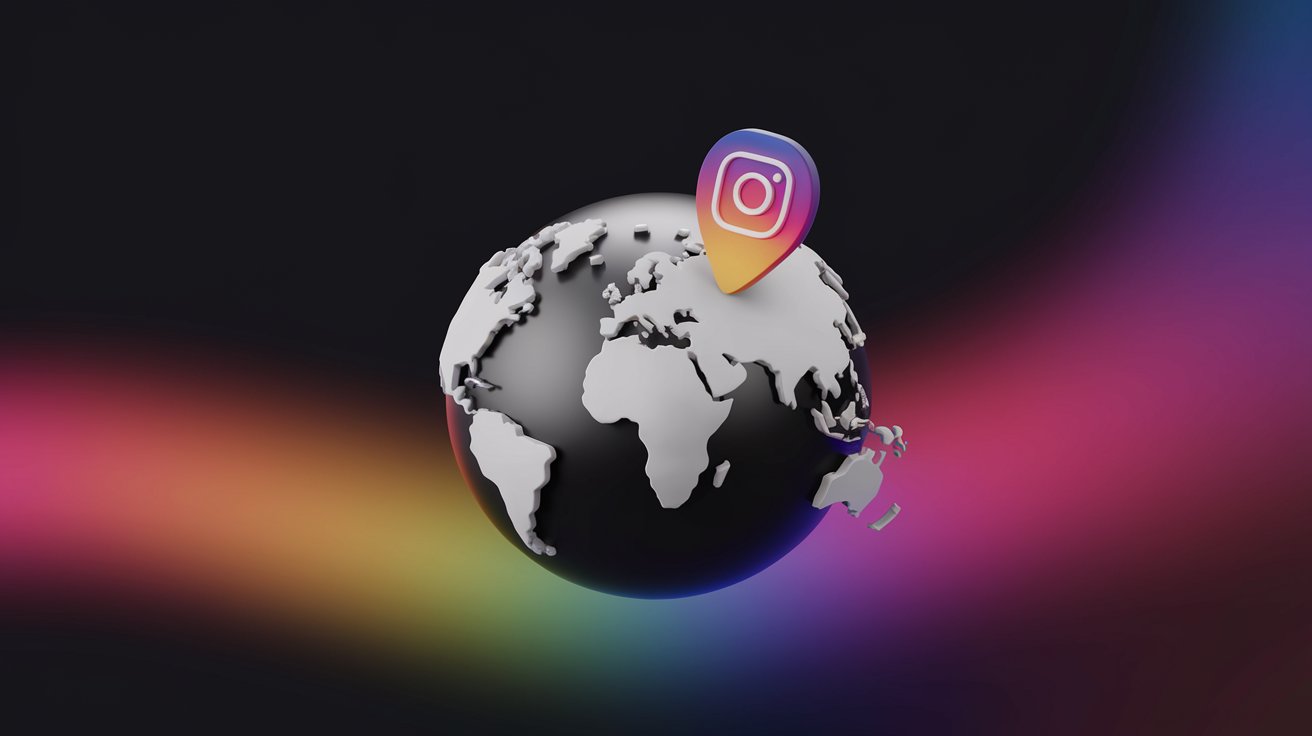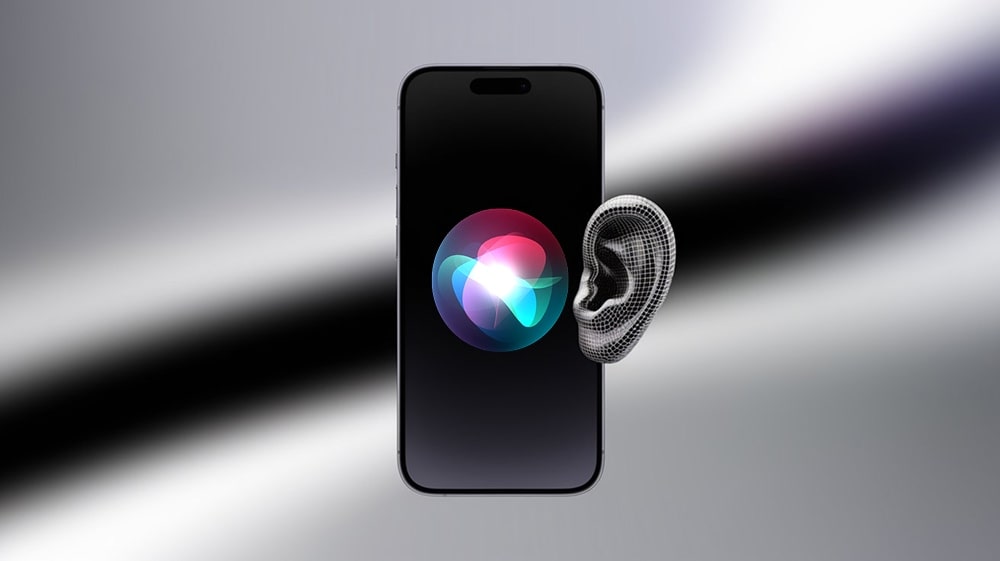The Instagram Friend Map was launched in August 2025. It's an opt-in feature that lets users share their last active location with selected friends and explore content with location tags. While Meta claims users are in control, there are some worrying privacy and safety issues, like the possibility of tracking, loss of boundaries, and data mining via the "Mosaic Effect."
So, let's see what this update means for you, how it'll affect your Instagram life, and most importantly, how you can protect yourself.
What Is the Instagram Friend Map?
The Instagram Friend Map is a new feature that launched on 6 August 2025. It lets you share your location with friends, see theirs in return, and even filter by "close friends" or certain groups. It’s like a hybrid of Snapchat’s Snap Map and Google Maps.
The idea is that you can use it to "responsibly share your location with friends you pick". An important part of the design is that the feature is clearly opt-in, meaning it's off by default and needs the user to say yes to switch it on.

The idea is simple: keep you using the app for longer, increase real-life interactions, and make Instagram not just a social network, but more like a social navigator. However, there is a serious drawback – you're sharing sensitive location data, and as we all know, location data has a history of being misused.
Where to Find It in Your Instagram App
Finding the Instagram map is simple. Here’s how:
- Open Instagram.
- Tap the Direct Message (DM) icon (top right corner).
- Inside the chat screen, look for the Map icon in the top navigation bar.
- Tap it, and you’ll see your own position along with friends who have location sharing enabled.

In some updates, Instagram has also started showing a Map button inside the profile menu, so if you don’t see it in Messages, check your profile’s top-right menu.
If the map doesn't show up, update your Instagram app to the latest version. The rollout has been gradual, so some regions might get it later.
How Instagram Map Works
What it shows and to whom
The Instagram map shows your "last active location" to whoever you choose: "Friends," "Close friends," "Only selected friends," or "No one". You can also exclude specific areas or people. The map also displays location-tagged Reels, posts, stories, and Notes from followed accounts for 24 hours, even if you don't share your own location. This "asymmetric visibility" can subtly encourage users to share their location, which means that the onus is on them to be responsible for their privacy.
Tech behind it
The map uses a combination of GPS, Wi-Fi signals, and mobile data network signals to find your location. If you've let Instagram access your location 'Always' (not just 'While Using the App'), the app can update your location even when it's running in the background.
- GPS (Global Positioning System): Pulls your exact coordinates from satellites. Highly accurate but uses more battery.
- Wi-Fi Triangulation: If you're indoors or in a busy city, it uses Wi-Fi to locate you.
- Cell Tower Data: Your phone constantly pings nearby towers. This can be used to approximate your position.
- Sensor Fusion: Modern smartphones combine GPS, gyroscope, and accelerometer data to improve accuracy – so if you’re moving, the map updates smoothly.
The update frequency depends on your activity. If you’re walking, it might update every few seconds. If you’re stationary, it could be every few minutes.
Instagram stores this data temporarily to power the friend map, but it’s unclear how long "temporary" really is and whether metadata is logged for longer periods.
For device integration, the feature uses your operating system's location services (iOS Location Services/Android Location Access). If you disable location at the OS level, the map won't track you, but Instagram will ask you to turn it back on.
This mix of real-time tracking and social sharing is both powerful and risky. If the wrong people get hold of your location data, they could exploit it, which is why you need to understand the controls.
Privacy and Safety Considerations of the Instagram Map
The Instagram friend map is a bit of a mixed bag. It's handy, but on the flip side, it's a live feed of your movements to potentially a bunch of people. Once your location leaves your phone, you can't control it anymore.
Instagram Friend Map: Potential Privacy & Safety Risks
Instagram claims the friend map is safe because it’s opt-in, encrypted in transit, and only shows your location to approved friends. But, as any security expert will tell you, "approved friends" isn't a foolproof solution – especially if accounts get hacked or friends' devices get compromised.
And now Instagram is part of Meta, a company that doesn't exactly have a reputation for handling user data well. Big tech companies like Meta and Google have been increasingly invading our privacy, especially with new tech like AI (think about AI scanning in Gmail and WhatsApp AI privacy concerns). Add to that regular data breaches, mass data harvesting, and advanced phishing attacks targeting their users, and it's clear: staying truly secure online has never been harder. The new Instagram map feature is just the latest reminder that using these platforms means you're always having to balance your privacy.
How to Turn Off Instagram Friend Map
In light of the privacy concerns surrounding the Instagram Friend Map feature, you should understand the different ways to manage or disable this location sharing. You've got controls for this in the Instagram app itself and on your device's operating system, too.
1) Inside Instagram’s settings
- Open Instagram, go to DM inbox.
- Tap "Map" icon.
- If prompted, tap "Next".
- Tap "Settings" gear icon.
- Select "Who can see your location".
- Choose "No One" to disable.
- Tap "Done".
2) Via your device’s location controls
On iOS:
- Open Settings.
- Go to Privacy & Security → Location Services.
- Select Instagram.
- Set to Never (the best choice) or While Using the App.

On Android:
- Open Settings.
- Go to Location → App Permissions.
- Select Instagram.
- Choose Deny or Allow only while using the app.
By turning off location at the device level, you cut Instagram’s access entirely, even if you forget to disable it in-app.
After changes, you can verify location is no longer shared. To do so, restart Instagram and re-check Map; your location should be invisible. To feel even more confident, ask your mates to check you're not showing up on their maps.
Broader Online Privacy Checklist for 2025
You can't control what big tech companies build, but you can control what you share. Here's a quick checklist to help you protect yourself and your data:
- Audit app permissions every month. Remove location, microphone, or camera access from apps that don’t need them.
- Use a VPN to mask your IP and prevent location-based profiling.
- Disable background app refresh for social media apps.
- Review your friends list – fewer connections mean fewer potential leaks.
- Turn off precise location for all but essential navigation apps.
- Secure your accounts with strong passwords or passphrases and two-factor authentication.
- Keep all devices and software updated to protect against security risks.
- Manage your digital footprint. Don't post anything online that you wouldn't want to be public. That means no personal details or photos of exactly where you are or what you're doing.
- Always pause and reflect before posting, as shared information can be difficult to remove and it might end up reaching the wrong people.
- Use incognito or private browsing modes (understanding their limitations). Block third-party cookies and enable 'Do Not Track' by adjusting your browser's privacy settings. Clear your browsing data regularly.
- Choose privacy-focused browsers and messaging platforms.
- Choose a secure email service – your email is the hub for almost everything you do online. It’s linked to your Instagram, banking, cloud storage, and countless other accounts. If it’s compromised, everything else is at risk.
Protecting Your Communication with Atomic Mail
To protect yourself from every angle, you need a private, secure email service.
Atomic Mail provides:
- End-to-end encryption so only you and your recipient can read messages.
- Zero-access architecture – even we can’t see your data.
- Email alias creation to hide your real address and organise inbox.
- Account recovery with a secure seed phrase.
- Anonymous sign-up with no personal data required.
- GDPR compliance – your data is protected by the strictest privacy standards
- No data collection, no tracking.
If you value the privacy of your movements, you should value the privacy of your words just as much.
➡️ Sign up for Atomic Mail today for free and get the peace of mind that comes with real security.



